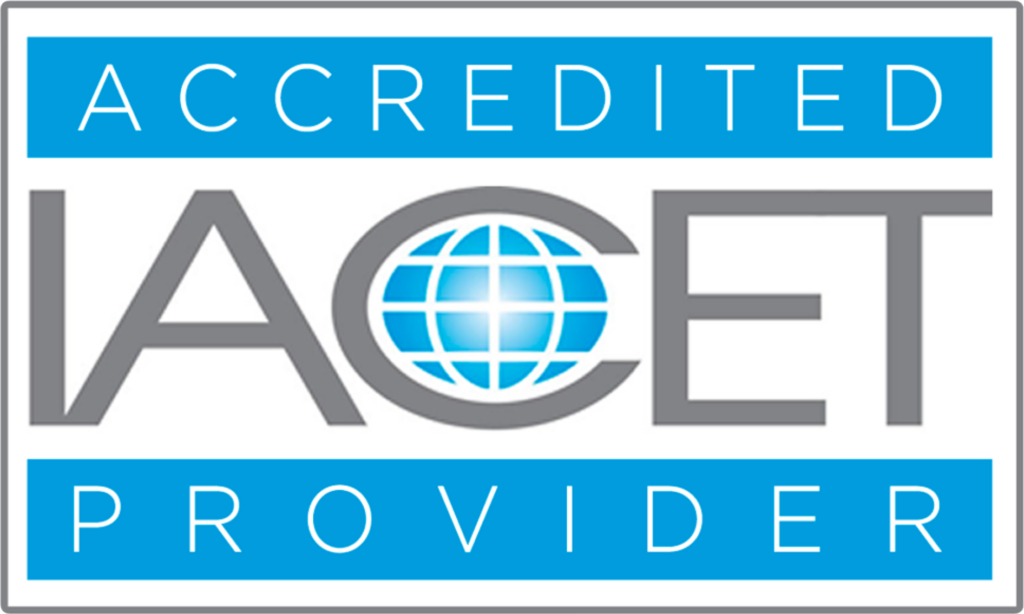
The Challenge
NHB constructed a new BSL-2 enhanced (BSL-2+) laboratory and made vivarium alterations. Evaluation and improvement of their current Biorisk Management System (BMS) is required to meet BSL-2/BSL-2+ laboratory safety guidelines. The BMS integrates modern safety risk management and management decision making, increased confidence in risk controls, an effective interface for knowledge sharing, and a safety promotion framework to support a culture of safety and responsibility. NHB is committed to designing and implementing a BMS that will enhance their reputation, build trust among stakeholders, and improve collaborations with other NHB sites. A team of biosafety professionals was needed to provide comprehensive consulting services to aid in updating the BMS to address the new laboratory work.
The Solution
Our team of engineers and biosafety experts scrutinized NHB’s Biosafety Management System (BMS) against stringent safety guidelines, pinpointing key action items for corrective measures. Conducting an initial gap analysis, we reviewed every component of the existing BMS, ensuring alignment with CDC Select Agent Program requirements and grant-awarding entities’ standards. Moreover, we assessed the design, construction, and operational facets of the BSL-2+ laboratory to guarantee compliance and facilitate safe research practices.
As part of our comprehensive gap analysis, we delved deep into various aspects, including the Risk Assessment Process, Federal Research Oversight Programs, Biosafety Manual, Chemical Hygiene Plan, Safety SOPs, Medical Surveillance, Laboratory Operations and Maintenance, and Biosecurity. Our aim was to identify any discrepancies or unaddressed risks and offer robust solutions to fortify NHB’s biosafety framework.
The Result
We provided guidance on the completion of the BMS which included evaluation of the design of the BSL-2+ laboratory, the Biosafety Manual, Safety SOPs, BSL-2 orientation training, biosecurity, Institutional Biosafety Committee (IBC), medical surveillance, etc. The Gap Analysis Report of Findings provided leadership with a roadmap to enhance safety culture. With our guidance, NHB designed and implemented a BMS that meets its organizational objectives and complies with applicable regulations and standards related to biorisk management including local and national guidelines and best practices in the field.
World BioHazTec also provided training to familiarize new IBC members with applicable biosafety guidelines and develop risk assessments. Upon completion of the training, learners were able to:
- Locate and discuss biosafety guidelines for conducting safe laboratory operations.
- Describe the process for conducting a risk assessment and available risk mitigation strategies.
- Demonstrate a risk assessment review.
We advised NHB on the compilation of the Biosafety Manual and biosafety SOPs so that they matched the organization’s operations, new laboratory design, and remained plausible for the employees carrying out the processes. World BioHazTec and NHB collaborated on developing the Biosafety Manual and biosafety SOPs to ensure that behind-the-scenes processes will accurately captured and adopted by personnel. We conducted a one-day site visit at NHB to walk through all documentation step-by-step to ensure that each practice and procedure is accurate and safe and that the Biosafety Manual and SOPs accurately reflect facility and laboratory operations prior to training staff.
Related Success Stories


The University of Texas at El Paso, Bioscience Research Building, El Paso, Texas


The Scripps Research Institute, La Jolla, California

World BioHazTec is an Accredited Provider (AP) of the International Association for Continuing Education and Training (IACET). As an IACET Accredited Provider, World BioHazTec offers IACET CEUs for its learning events that comply with the ANSI/IACET Continuing Education and Training Information.






